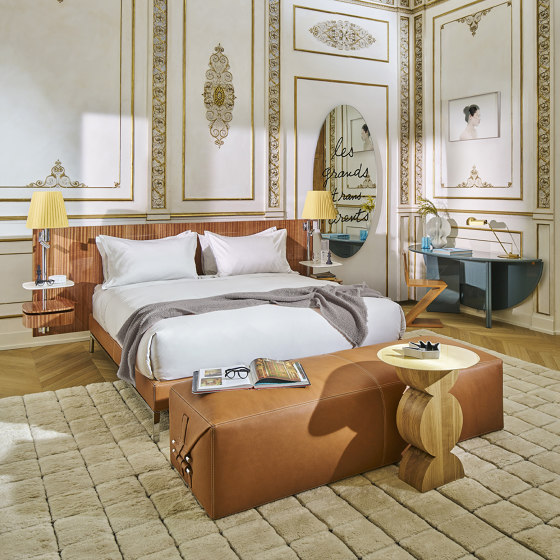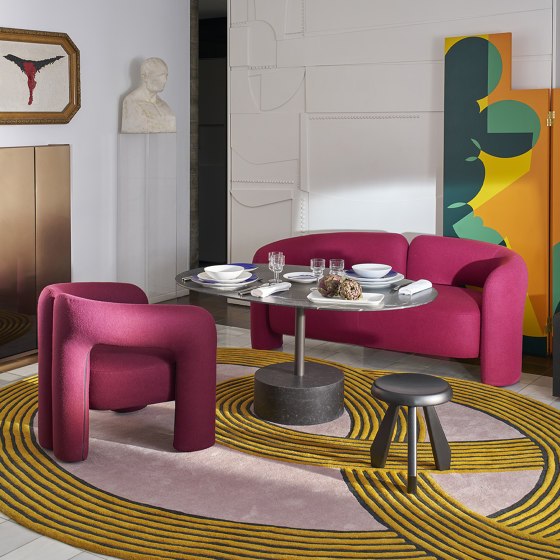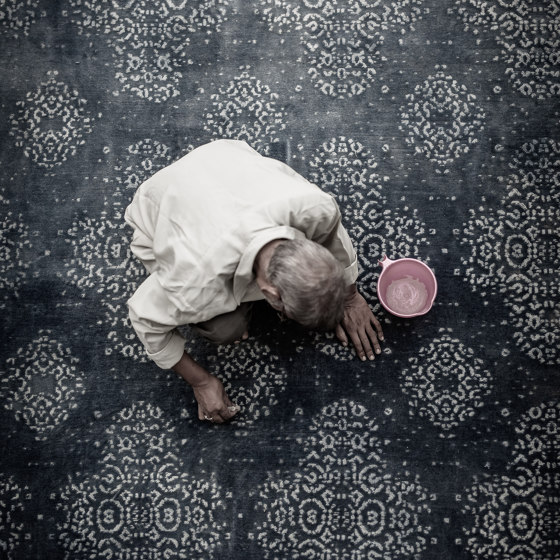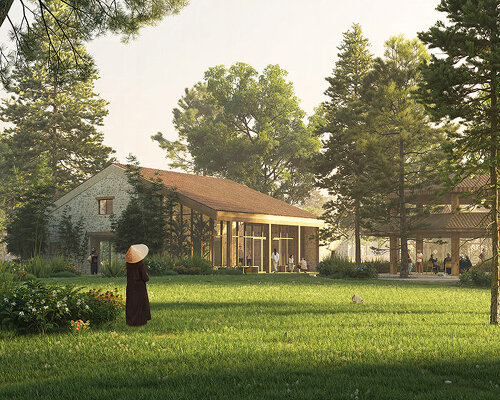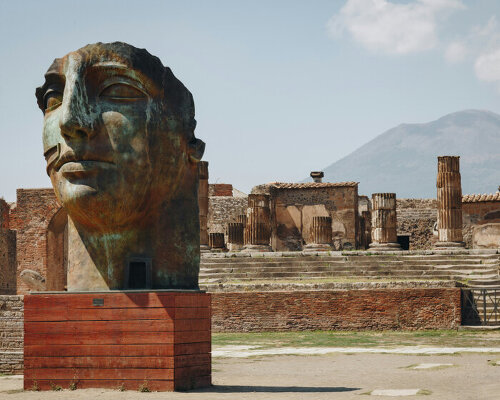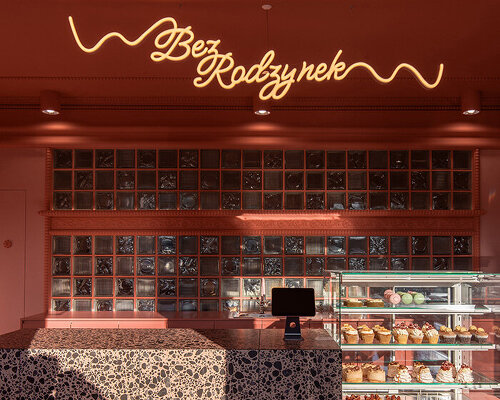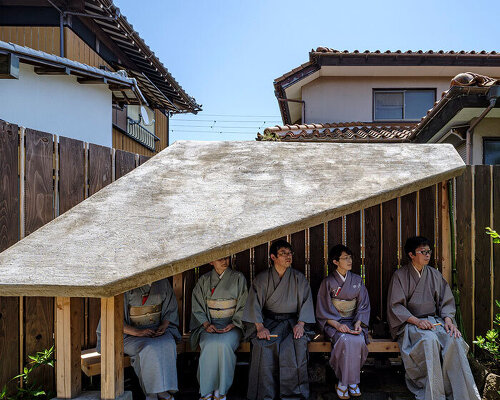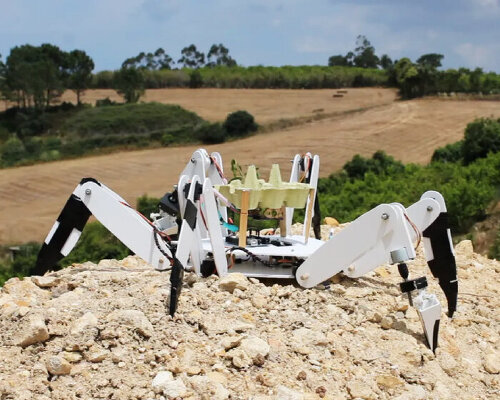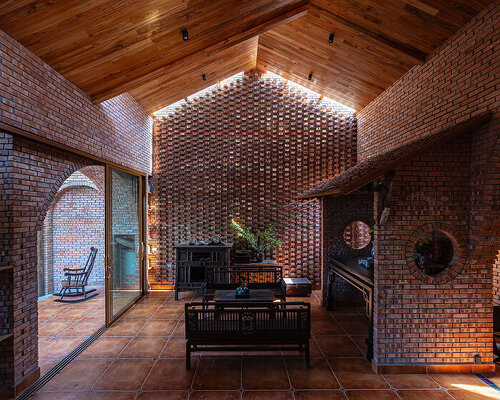can lines and arrows explain everything? AMO/OMA explores diagrams at fondazione prada

Decoding the world at Fondazione Prada in Venice
How do we make sense of the world? Often, the answer comes through lines, arrows, and boxes: the seemingly simple language of diagrams. At Fondazione Prada’s Venetian venue, the exhibition Diagrams, on view until November 24th, 2025, turns this visual shorthand into a subject of deep reflection. Conceived by AMO/OMA, the research arm of Rem Koolhaas’ studio, the project explores how diagrams shape the way we understand, communicate, and even manipulate knowledge. Spread across the 18th-century Palazzo Ca’ Corner della Regina, the exhibition, which runs alongside the Venice Architecture Biennale, assembles more than 300 objects, from medieval manuscripts to contemporary digital graphics, that cross centuries and cultures. These materials are not just archival curiosities; they reveal how visual schematics have been enlisted to address urgent issues, from public health to war, climate change to inequality.
AMO/OMA arranges the show around nine core themes: Built Environment, Health, Inequality, Migration, Environment, Resources, War, Truth, and Value. Each is presented in vitrines that resemble unfolding thought processes, aligned in parallel throughout the palazzo’s central hall. The experience feels less like a traditional display and more like an active tool for speculation, inviting visitors to view diagrams not as neutral or objective devices but as cultural artifacts with the power to clarify, persuade, or distort.
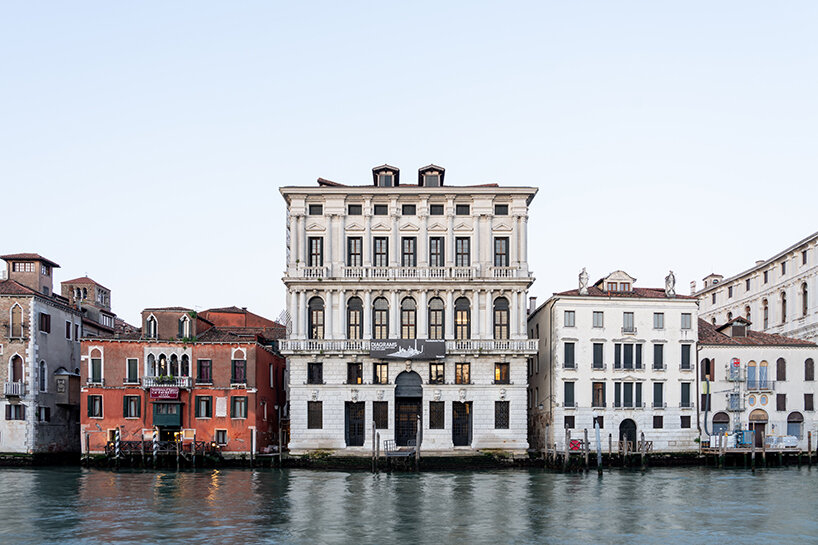
Fondazione Prada, Venice | all images by Marco Cappelletti courtesy of Fondazione Prada, unless stated otherwise
AMO/OMA Unpack Centuries of Visual Thinking
The exhibition draws on extensive research by the art and culture institute Fondazione Prada, conducted in close collaboration with Rem Koolhaas and Giulio Margheri, Associate Architect at architecture firm OMA, and enriched by the expertise of historian Sietske Fransen. Together, they trace the diagram as a nearly constant companion to human thought. Up until the 24th of November, visitors can discover striking examples, from three-dimensional diagrams in South Africa dating back 40,000 years to intricate wood-carved maps of Greenland’s coastline. For Koolhaas, these artifacts prove that ‘the diagram is an enduring form of communication that adapts to whatever medium exists at the time.’
What makes this journey compelling is the way ancient and modern forms speak to each other inside the palazzo’s galleries. The exhibition shows how diagrams move effortlessly between explanation and persuasion, able to illuminate areas as diverse as fashion, religion, and social inequality. Their independence from words makes them, as Koolhaas notes, ‘one of the most effective forms of representation,’ capable of crossing centuries and cultures with clarity and immediacy. By presenting diagrams not just as tools of knowledge but also as cultural artifacts, the show invites visitors to reflect on how images have always helped us make sense of complexity. Infographics of the 20th century, shaped by avant-garde movements, sit alongside earlier forms to highlight surprising connections.
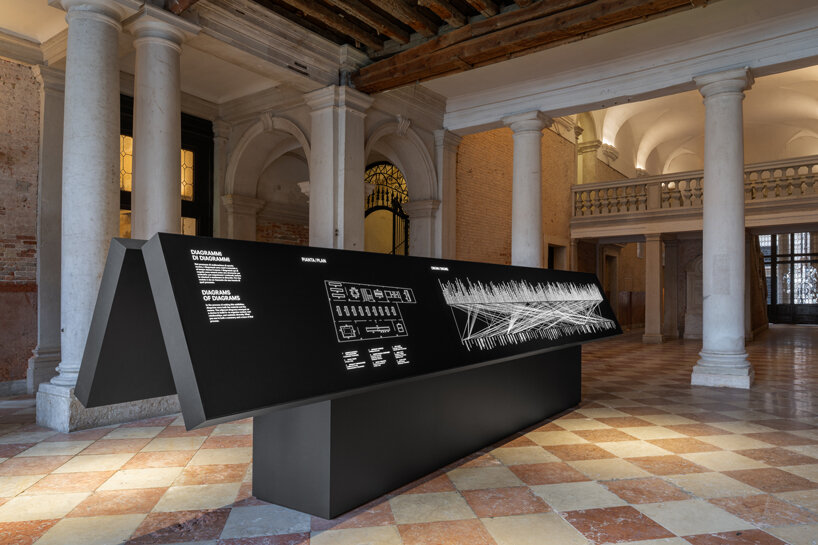
Diagrams is on view until November 24th, 2025
Designing with Diagrams: Rem Koolhaas Reflects
Equally central to the exhibition is AMO/OMA’s own design practice. Koolhaas notes that diagrammatic thinking has been a guiding principle for the studio since the 1970s. ‘Complex ideas are almost an intellectual or sometimes artistic pleasure, and they became a driving element in what we were trying to do. In this context, diagrams were incredibly helpful. By researching and designing them, we were trying to form a space or to define another architecture, the form of which required an enormous amount of argument and articulation.’ He continues, ‘We would not have come close to that if I had not discovered a number of diagrams. The role of diagrams was crucial at that time because we needed the physical burden of proof to show that what we wanted to achieve was possible. Today, I may find myself in a different position, where I no longer have to prove that things are possible, and that certainly changes the nature or the role of diagrams. But I would still say that diagrams are an important part of my repertoire.’
Through this lens, Diagrams is more than a historical survey. It is a meditation on the enduring power of visual reasoning, a space where centuries-old artifacts converse with modern graphics, and where the diagram emerges as both a practical instrument and a medium of imagination.
Diagrams by AMO/OMA is on view until November 24th, 2025, at Fondazione Prada’s Venice venue (Ca’ Corner della Regina). More info and tickets to the show available here.
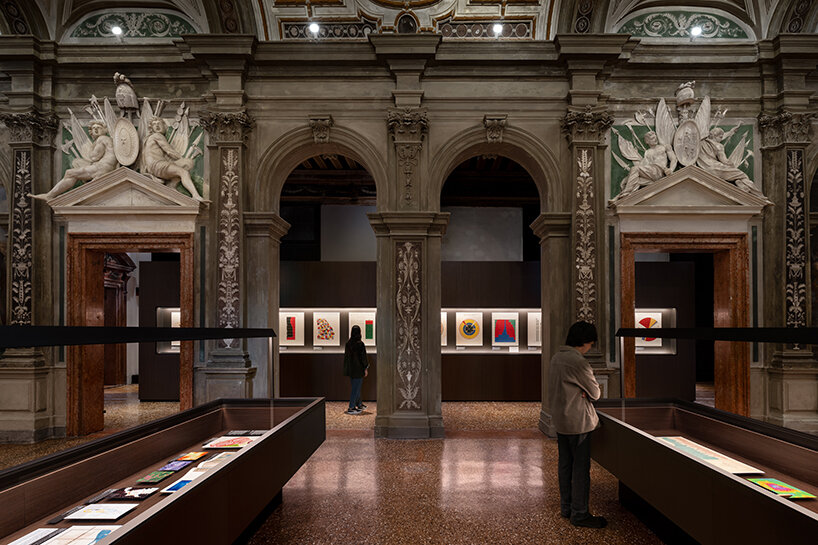
spread across the 18th-century Palazzo Ca’ Corner della Regina, the exhibition assembles more than 300 objects
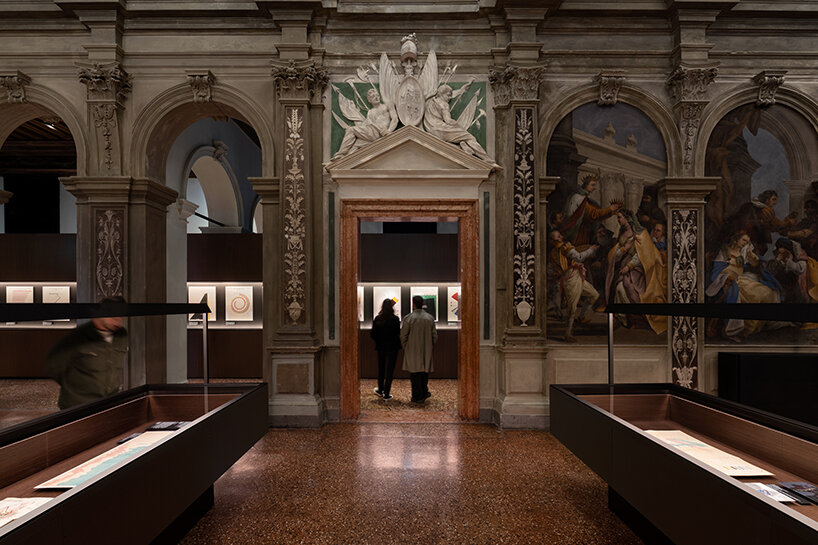
the project explores how diagrams shape the way we understand, communicate, and even manipulate knowledge

Elwin J. Woodward, Historic and prophetic diagram of the world: God’s plan of salvation for law breakers, 1912. Colored lithograph, exhibition copy David Rumsey Map Collection, David Rumsey Map Center, Stanford University Libraries. Courtesy David Rumsey Map Collection, David Rumsey Map Center, Stanford University Librarie

the exhibition draws on research by Fondazione Prada, conducted in close collaboration with Rem Koolhaas and Giulio Margheri
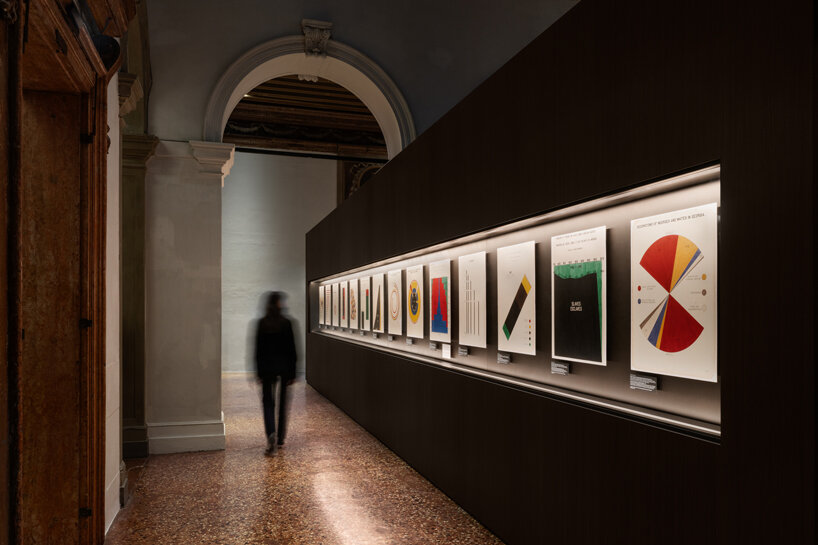
the show invites visitors to reflect on how images have always helped us make sense of complexity

W.E.B. Du Bois, Conjugal condition of American Negroes according to age periods, c. 1900. Exhibition copy of a statistical chart illustrating the condition of the descendants of former African slaves now in residence in the United States of America, Atlanta University. Ink and watercolor on paper. Daniel Murray Collection, Prints and Photographs Division, Library of Congress, Washington, D.C. Courtesy Library of Congress, Prints and Photographs Division Washington, D.C., Daniel Murray Collection
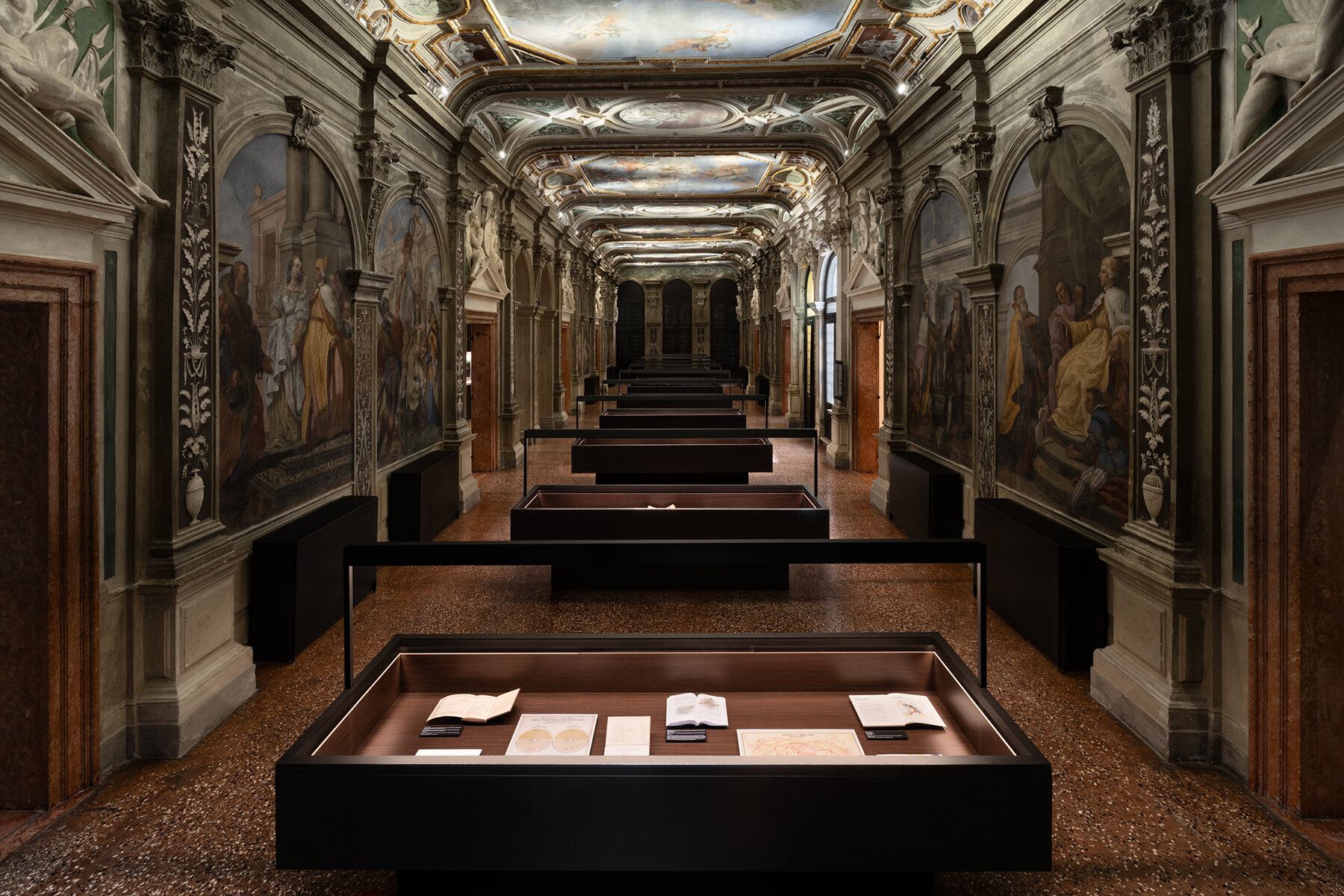
the exhibited materials reveal how visual schematics have been enlisted to address urgent issues, from public health to war, climate change to inequality
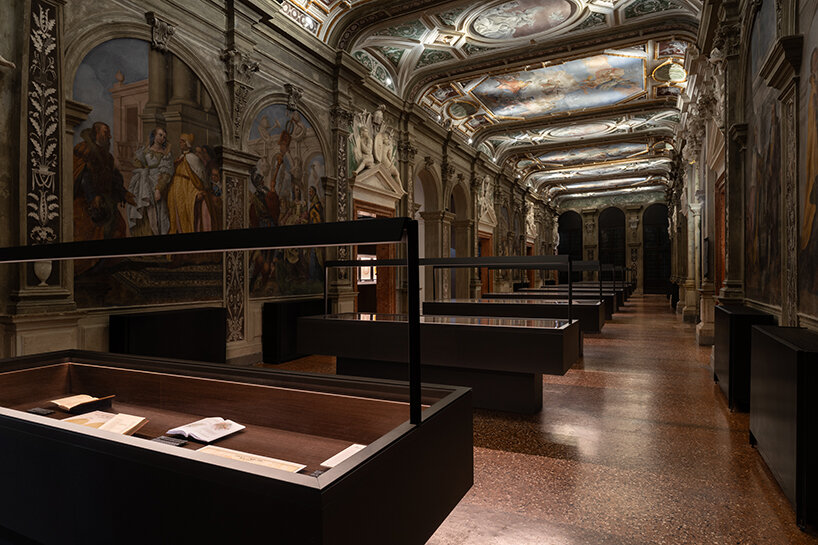
AMO/OMA arranges the show around nine core themes: Built Environment, Health, Inequality, Migration, Environment, Resources, War, Truth, and Value
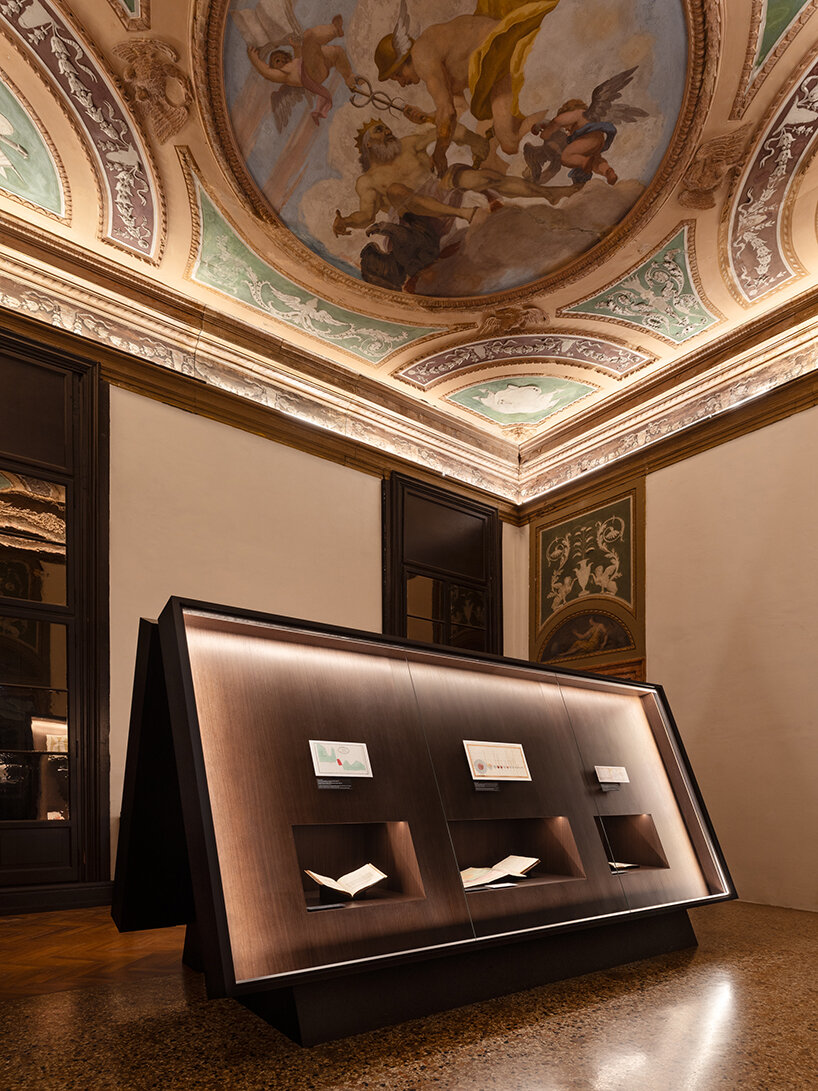
each theme is presented in vitrines that resemble unfolding thought processes
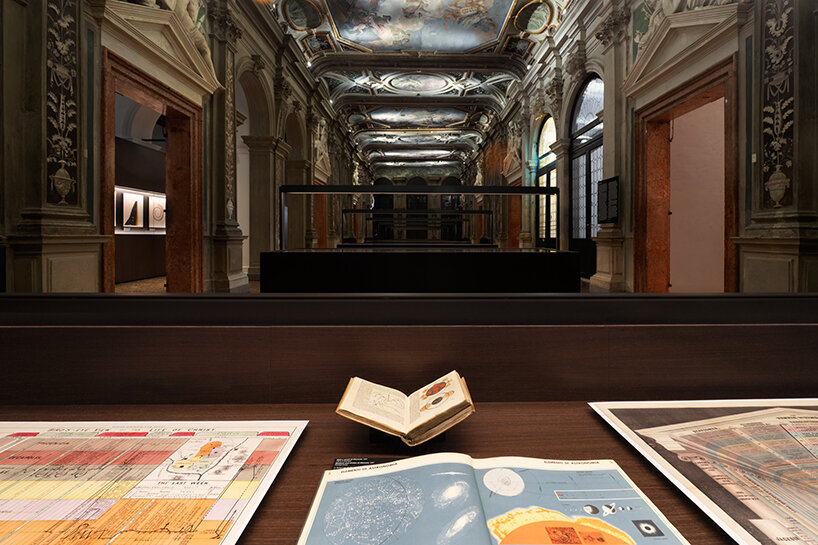
visitors are invited to view diagrams not as neutral or objective devices but as cultural artifacts with the power to clarify, persuade, or distort

John Auldjo, Map of Vesuvius showing the direction of the streams of lava in the eruptions from 1631 to 1831, 1832 Exhibition copy from a printed book In John Auldjo, Sketches of Vesuvius: with Short Accounts of Its Principal Eruptions from the Commencement of the Christian Era to the Present Time (Napoli: George Glass, 1832) Olschki 53, plate before p. 27, Biblioteca Nazionale Centrale di Firenze, Firenze Courtesy Ministero della Cultura – Biblioteca nazionale centrale di Firenze.

the exhibition shows how diagrams move effortlessly between explanation and persuasion
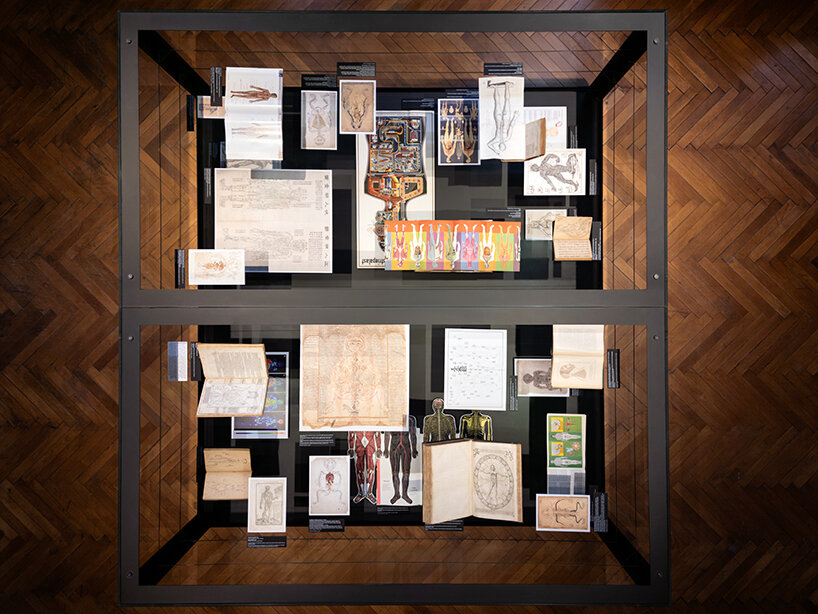
for Koolhaas, these artifacts prove that ‘the diagram is an enduring form of communication that adapts to whatever medium exists at the time’

Ed Hawkins, Temperature changes around the world between 1901 and 2018, 2019. Published by BBC on June 21, 2019. Digital image. From BBC News at bbc.co.uk/news and Prof. Ed Hawkins, National Centre for Atmospheric Science, University of Reading, UK www.ShowYourStripes.info. Courtesy BBC News

the diagrams’ independence from words makes them, as Koolhaas notes, ‘one of the most effective forms of representation’
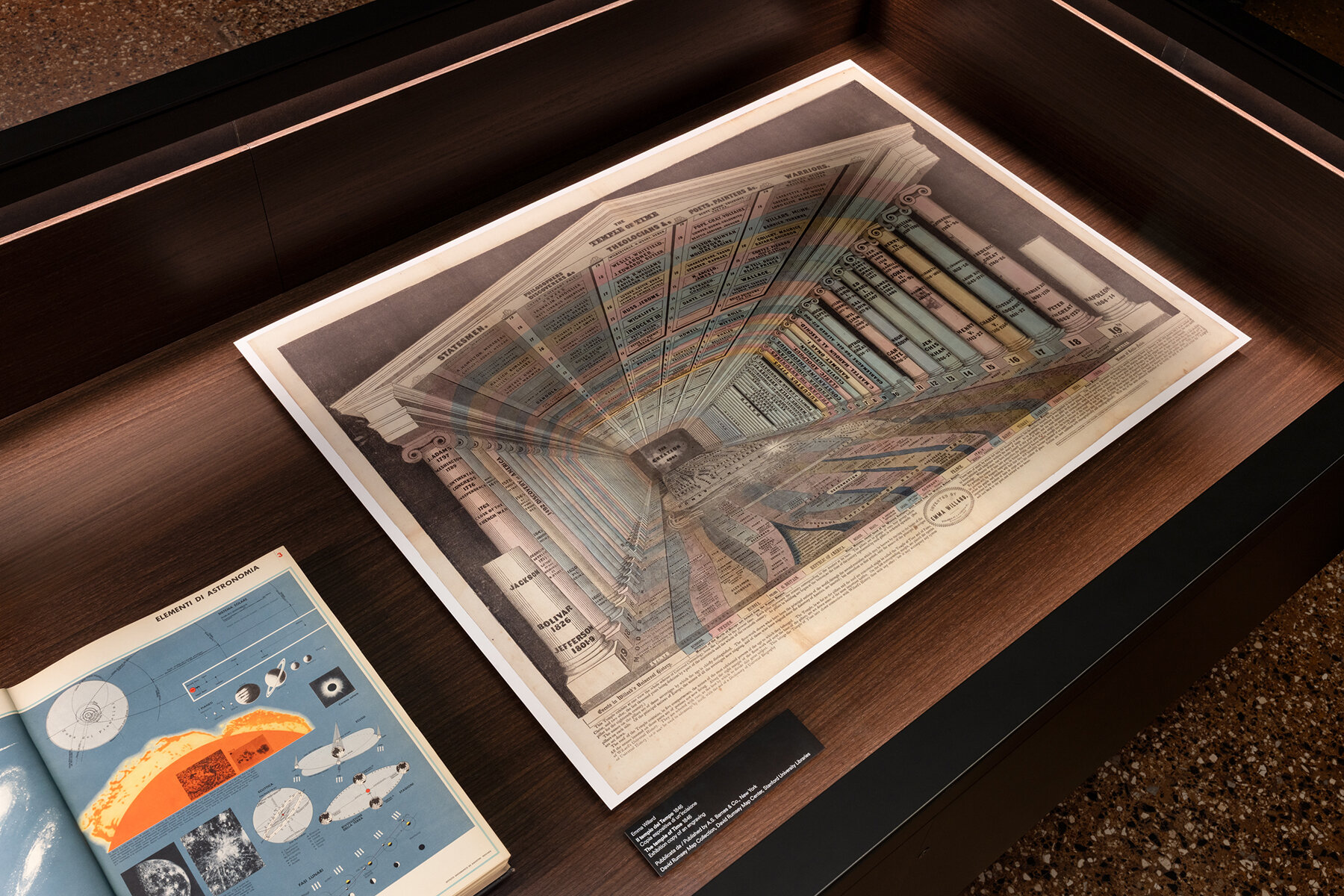
in Diagrams, a space emerges where centuries-old artifacts converse with modern graphics
project info:
name: Diagrams
exhibition design: AMO/OMA | @oma.eu
location: Fondazione Prada | @fondazioneprada in Venice, Italy
dates: until November 24th, 2025
tickets: here
The post can lines and arrows explain everything? AMO/OMA explores diagrams at fondazione prada appeared first on designboom | architecture & design magazine.





